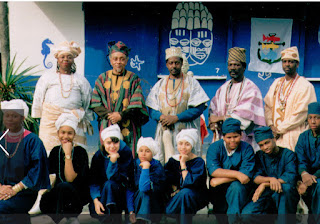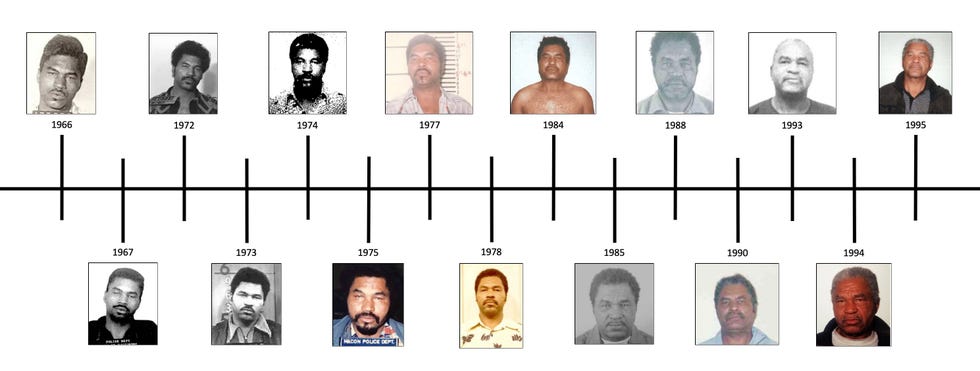It was in 1959. Mammy Ode, a young girl from Jericho-Ugboju in the present Otukpo Local Government Area of Benue State was married to Anthony Aboki Ochefu, a young Non-Commissioned military officer who had just been posted to Enugu from Abeokuta. They were quartered at the Army Barracks, Abakpa, Enugu. To beat idleness and perhaps earn some money to support her young family, Mrs. Mammy Ochefu established a soft drinks business. She prepared gruel, which is called umu or enyi in Idoma, or kunu in Hausa, for sale to soldiers.
She soon became popular with her stuff as soldiers trooped to her house to buy enyi. Some of her best customers were officers, who always sent their batmen to buy some of the gruel for them, Monday through Friday.
Somehow, one of the Non-Commissioned Officers, the RSM, did not flow with the enthusiasm, which Mammy’s gruel generated among other military men in the barracks.
He complained that the stuff was attracting flies into the barracks and ordered Mrs. Mammy Ochefu to stop its production and sale. Though surprised and disappointed at the order of the RSM, she stopped the production and sale of enyi. Her husband, not being an officer at the time, could not challenge the order of the RSM.
For weeks, Mrs. Mammy Ochefu agonized over the fate of her business, just as officers and men of the Nigerian Army who enjoyed her enyi because of its freshness and nutritional value lamented the situation.
From several quarters, pressure mounted on the RSM for a reversal of the order. After a while, he succumbed to the pressures and directed that a section of the barracks be reserved for Mrs. Mammy Ochefu to produce and sell her enyi. Her joy knew no boundaries.
Few days after, a section of the barracks was given to her. She built a small shop and soon, her business began to boom. Most of her customers booked for their shares in advance. Before noon, she would have finished selling the available enyi for the day. Soon, other women in the barracks tapped into her fortune and started selling other items. It was not long before that portion of the barracks became known as Mammy Market.
It also became a policy to establish markets inside or near military barracks in the country, initially for the exclusive use of officers and men. Today, no visit to Abuja, the Federal Capital City, is complete without a taste of fresh fish in one of the Mammy Markets, especially the one attached to Abacha Barracks. Similar markets attached to paramilitary barracks are also called Mammy Markets.
After the coup that overthrew General Yakubu Gowon, Anthony Aboki Ochefu, then a Colonel, was posted to East Central State as Military Governor. So Mrs. Mammy Ochefu and her husband returned to Enugu as the First Family; she sometimes visited the site where Mammy Market started about sixteen years earlier It must be stressed too that in retirement, Colonel Anthony Aboki Ochefu and his wife incorporated a company, Mammy Markets, which was into haulage and trading. Mrs.
Mammy Ochefu is alive and lives at Otukpo as one of the prized legends of our time.”
Source: Maj Gen KOLEOSO rtd, former Comdt TRADOC.
#cooied.













